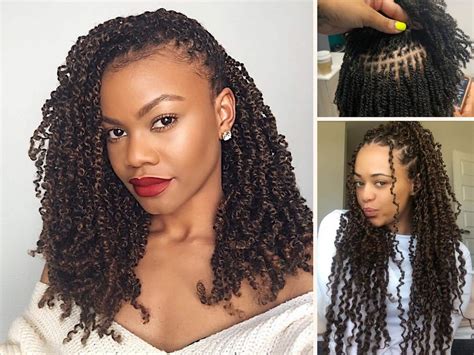Introduction
Kinky braiding hair, a versatile and stylish hair extension, has surged in popularity over the past decade. Its unique texture mimics the natural coils and kinks of African-American hair, offering a wide range of styling possibilities. Whether you’re seeking a protective style, a glamorous look, or a chic everyday flair, kinky braiding hair has something for everyone.

Market Overview
The global kinky braiding hair market is projected to reach $2.5 billion by 2027, according to Research and Markets. This growth is attributed to rising demand for natural hair extensions, increasing acceptance of African-American hairstyles, and the growing popularity of protective styling techniques.
Types of Kinky Braiding Hair
Synthetic Kinky Braiding Hair
- Made from synthetic fibers such as Kanekalon or Toyokalon
- Available in a wide range of colors and textures
- Affordable and easy to maintain
- Can be heat-styled
Human Kinky Braiding Hair
- Harvested from human donors
- More expensive than synthetic hair
- Provides a more natural look and feel
- Can be dyed and styled like natural hair
Benefits of Kinky Braiding Hair
Protective Styling
- Reduces hair breakage and damage caused by styling tools
- Promotes hair growth and thickness
Versatile Styling
- Can be braided into a variety of styles, from box braids to Senegalese twists
- Adds volume and length to natural hair
Ease of Maintenance
- Requires minimal styling and care
- Can be washed and conditioned less frequently than natural hair
Pain Points and Motivations
Pain Points
- Can be time-consuming to braid
- May feel heavy or uncomfortable on the scalp
- Can be difficult to remove
Motivations
- Desire for a protective style
- стремление to embrace natural hair textures
- Desire for a glamorous or stylish look
Applications and Innovations
- Protective Styling: Braiding hair is an effective way to protect natural hair from damage and promote hair growth.
- Natural Hair Movement: Kinky braiding hair has become an integral part of the natural hair movement, allowing women to embrace their natural hair textures.
- Fashion and Style: Designers and celebrities have embraced kinky braiding hair as a fashion statement, creating glamorous and stylish looks.
- Hairpiece Integration: Kinky braiding hair can be integrated into hairpieces and wigs to create natural-looking hair extensions.
Tips and Tricks
- Choose the right hair length and texture to suit your style.
- Use a leave-in conditioner to keep your braids hydrated and tangle-free.
- Avoid over-tightening braids to prevent scalp irritation.
- Take breaks during the braiding process to give your scalp a rest.
FAQs
1. How long does kinky braiding hair last?
- Synthetic kinky braiding hair can last up to 6 weeks, while human kinky braiding hair can last up to 3 months.
2. Can kinky braiding hair damage my natural hair?
- No, when braided properly, kinky braiding hair can actually protect your natural hair from damage.
3. How often should I wash kinky braiding hair?
- You should wash kinky braiding hair every 2-3 weeks, or more often if necessary.
4. Can I heat-style kinky braiding hair?
- Yes, synthetic kinky braiding hair can be heat-styled, but human kinky braiding hair should not be heat-styled.
5. How do I remove kinky braiding hair?
- Use a conditioner to loosen the braids and gently remove them.
6. How do I choose the right color and texture of kinky braiding hair?
- Choose a color and texture that matches your natural hair or personal preference.
Conclusion
Kinky braiding hair is a versatile and stylish hair extension that offers numerous benefits, including protective styling, increased volume and length, and ease of maintenance. With the rising popularity of the natural hair movement and the increasing acceptance of African-American hairstyles, kinky braiding hair is poised to continue its growth in the years to come.
